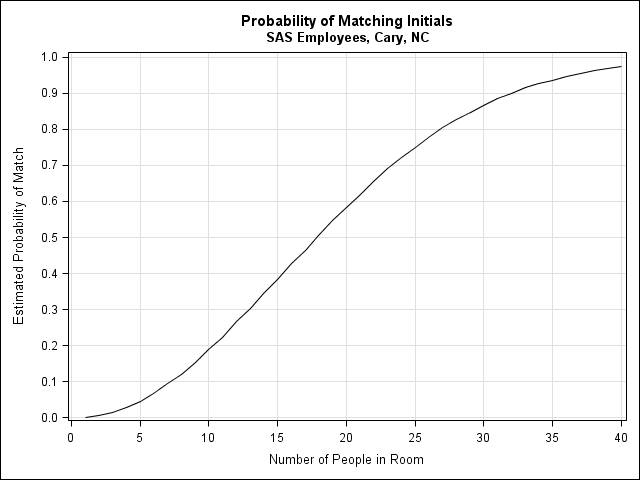The DO Loop
Statistical programming in SAS with an emphasis on SAS/IML programs
Have you ever wanted to compute the exact value of a really big number such as 200! = 200*199*...*2*1? You can do it—if you're willing to put forth some programming effort. This blog post shows you how. Jiangtang Hu's recent blog discusses his quest to compute large factorials in many programming languages.

The other day I needed to check that a sequence of numerical values was in strictly increasing order. My first thought was to sort the values and compare the sorted and original values, but I quickly discarded that approach because it does not detect duplicate values in a montonic (nondecreasing)

In a previous post, I described ways to create SAS/IML vectors that contain uniformly spaced values. The methods did not involve writing any loops. This post describes how to perform a similar operation: creating evenly spaced values on a two-dimensional grid. The DATA step solution is simple, but an efficient

"What is the chance that two people in a room of 20 share initials?" This was the question posed to me by a colleague who had been taking notes at a meeting with 20 people. He recorded each person's initials next to their comments and, upon editing the notes, was

A colleague posted some data on his internal SAS blog about key trends in the US Mobile phone industry, as reported by comScore. He graciously shared the data so that I could create a graph that visualizes the trends. The plot visualizes trends in the data: the Android phone is
When your data are in rows, but you need them in columns, use the matrix transpose function or operator. The same advice applies to data in columns that you want to be in rows. For example, the vectors created by the DO function and the index creation operator are row
